#disney Magician
Explore tagged Tumblr posts
Text

Freddy Fusion, Shrouded Transition Illusion.
0 notes
Text

𓆛˚。 9/6/2024 // Happy 90th anniversary ˚。𓏲 𓋒 𓏲 𓏲𓏲 𓏲 the finest duck of all, Donald Duck! ˚。˙· 𓆝.° 。𓆛˚。
#donald duck#donald#aku ankka#kalle anka#disney#anniversary#90th#the Royal Magician#my art#trinity trio#donald duck 90 years#birthday#for my favorite duck#nautical
1K notes
·
View notes
Text




















Dionysus in Various Depictions
#dionysus#dionysos#dionysian#fantasia#wishbone#xena warrior princess#hercules#the simpsons#the frog#percy jackson#smite game#the wicked and the divine#the magicians#hurricane diane#blood of zeus#disney#marvel#love and thunder#never ending party#lore olympus#hades game#hades supergiant#olympics#paris olympics
89 notes
·
View notes
Text
Andrea Dark Magician Girl💙✨️👻
I loved drawing Andrea as Dark Magician Girl I hope you like it ☺️

#the ghost and molly mcgee#tgamm#tgamm fanart#molly mcgee#myart#drawing#fanart#digital art#disney#disney fanart#dark magician girl
35 notes
·
View notes
Text
Some more of Molly being a goofball.
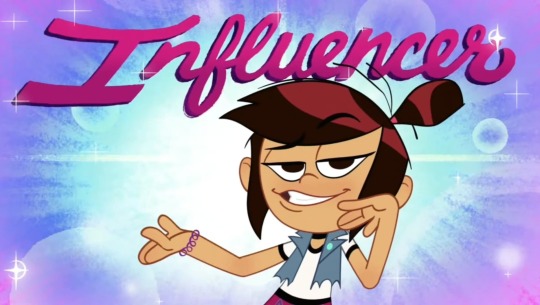

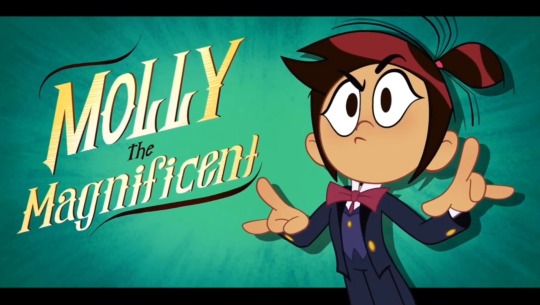
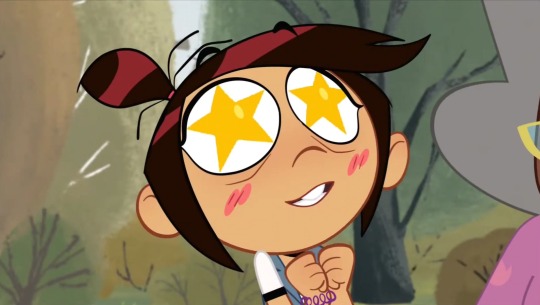
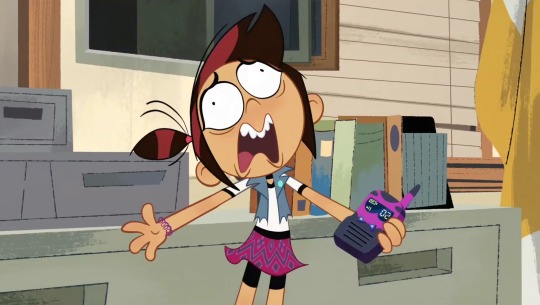

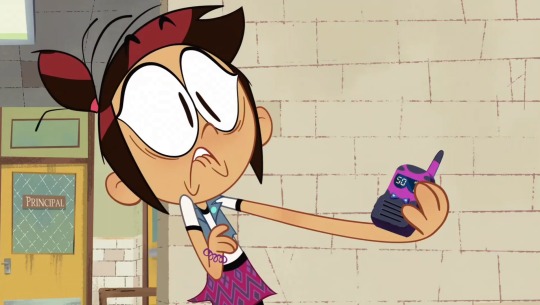
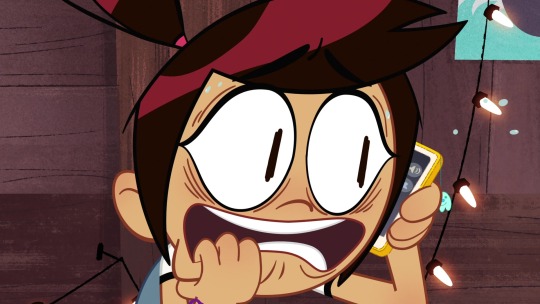

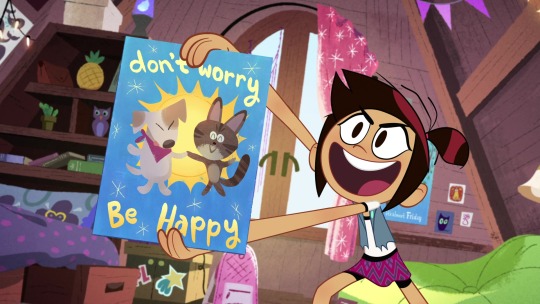
#the ghost and molly mcgee#tgamm#molly mcgee#disney#cute#funny#weird#adhd#magician#turnip#don't worry be happy
63 notes
·
View notes
Text

#fanart#traditionaldrawing#illustration#drawing#ink#traditional#superheroes#gargoyles#ducktales#the avengers#disney#disney fanart#disney channel#gravity falls#gargoyles fanart#gravity falls fanart#marvel#magician#ducktales fanart#goliath#scrooge mcduck#ford pines#captain america#the wasp
24 notes
·
View notes
Text
KANE CHRONICLES DISNEY PLUS
KANE CHRONICLES DISNEY PLUSS
KANE CHRONICLES DISNEY PLUSSS
There is potential for demigods and magicians
#sooooo excited to see sadie#im picturing animated demigods and magicians shorts#i acctually cant wait#i feel like this series has been neglected for too long#WALT#KHUFU#HIS RAINBOW BUTT#i need to see percy looking at sadie and thinking of his and annabeths future kids#i need a shot where hes looking at sadie and the couloured stripe in her hair turns grey and suddenly its annabeth#then its a mix of percy and annabeth and then its sadie again#but do wuick you almost miss it#im actually going insane#im sorry but kane chronicles was better than percy jackson#kane chronicles#carter kane#sadie kane#kane#kane chronicles disney plus#disney plus#kane disney#demigods and magicians#pjo#percy jackson#percy jackson and the olympians#annabeth chase#annabeth#percy#pjo disney+
28 notes
·
View notes
Text
Now for the deck review. The first deck I got was the Disney Villains Tarot, so this is the deck I will be reviewing.

Before getting into the witchy/actual tarot stuff, let's discuss the nerdy side briefly.
The cards have beautiful and eye-catching illustrations and they are pretty well themed around the villains about 98% of the time (IMO).
Also the span of villains is quite impressive. There's even some minor/underrated villains too like Bowler Hat Guy, Madame Mim and Medusa, and even Yzma.




As impressive as the span of villains is, there's a small handful not present.
For example, Frollo and King Candy/Turbo aren't present. (Which I'll admit is a slight let down, they're good villains and King Candy is my favorite but I digress).
(Not to plug my other blog but if you're interested in my opinion on why King Candy deserved the King of Swords card you could go here if you want.)
Anyway, onto the actual part of the review.
Overall: 10/10. I'm very satisfied with the deck (personally) I would totally buy it again if I lost it.
Quality: the cardstock is firm and fits nicely in the hands. It definitely shuffles comfortably and glides easily along a cloth surface. (I do tarot on my bed for reference, it works quite well)
So in terms of price, I think it's worth it to have for the $22.49 it was.
The Majors are quite delightful to look at. Probably the best illustrations in the deck (IMO). Again, they're themed after the villains, but a few heroes appear in them (as well as in the Minor Arcana).
The suits are the same, save for the pentacles, which are called coins in this deck. The wands are a bit more literal, being represented with actual wands and magical staffs.
I will say, that I do think the illustrations on the Minor Arcana could've been more detailed like the Major Arcana. They're much simpler.
The tarot deck guidebook is quite reliable and I'd say that it's very straightforward with the card meanings, which goes for both upright and reversals. It's also a good start for beginners to tarot (if they've also had prior experience with the Rider Waite tarot). It also includes a few tarot spreads. They're fun and thoughtful and they're a great addition.
As with the theming, the cards are tailored around the villains, so there's some elements from the villain's movies and motives thrown into the card meanings.
A potential downside I could see is that someone who's not as familiar with the Disney Villains may have some trouble connecting with the deck.
Due to the villain theme, it often focuses on the negative aspects of each card, which may not be for everyone. This can be a good thing though, for someone doing some shadow work or looking to navigate through difficult times and emotions.
So all in all, if you're someone who has a fondness for Disney Villains and likes doing some introspection and psychological work, this deck may be for you.
#alright here we go#the post#the post is here#pretty happy with how it turned out#happy samhain#and have a happy halloween#tarot#tarot deck#tarot deck review#disney villains tarot deck#disney villains#disney#witchcraft#witchblr#tarot cards#happy halloween#halloween#kinda#divination#witchy stuff#original post#also#if anyone's wondering#my favorite card in this deck is the magician
11 notes
·
View notes
Text

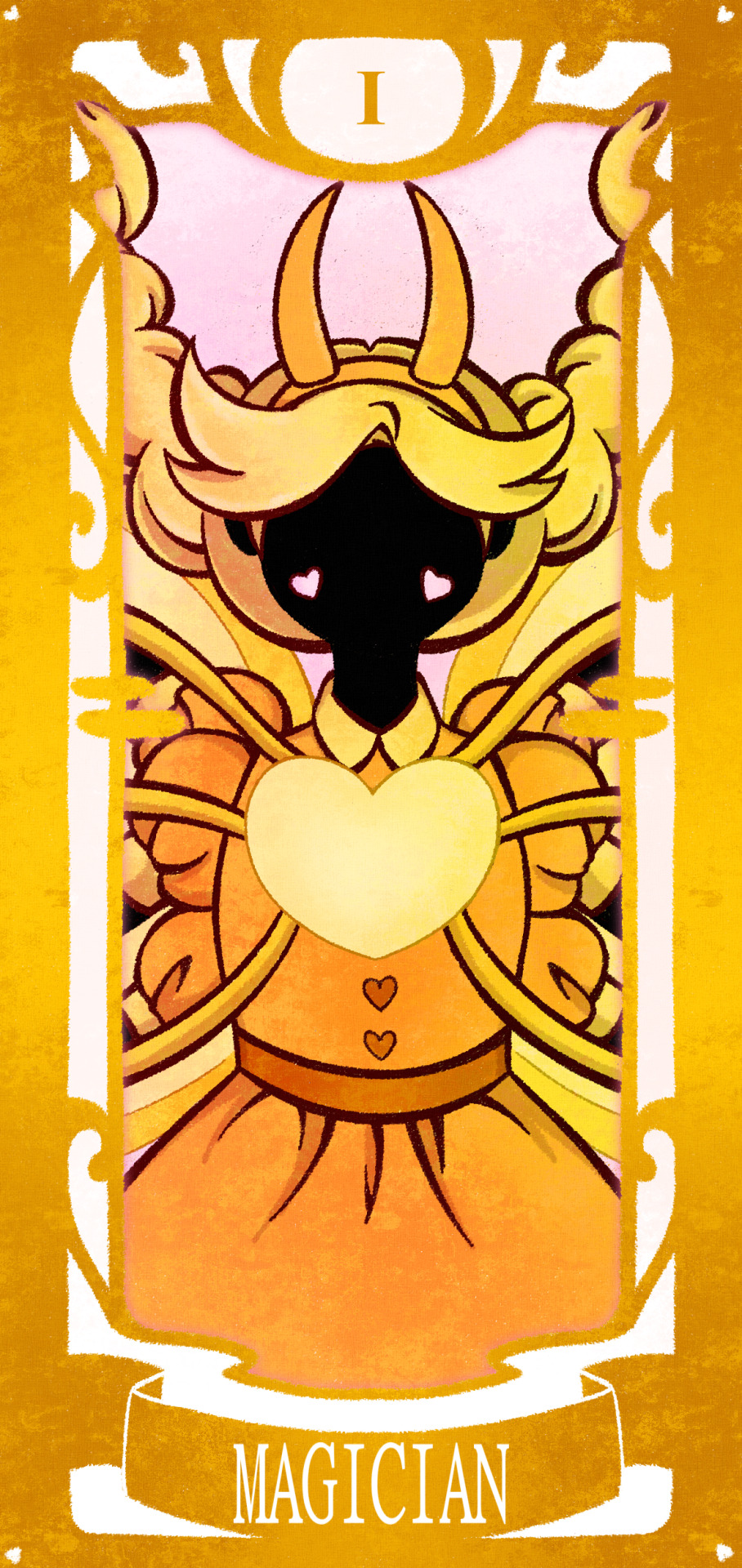

I looked back at my unfinished project from 2020 of drawing a magical girl for every major arcana tarot card
#art#my art#fanart#illustration#precure#pretty cure#go princess precure#cure flora#haruno haruka#magical girl#magical girl tarot#tarot card#the fool#svtfoe#star vs the forces of evil#star butterfly#disney channel#cartoon#anime#the magician#the high priestess#the owl house#toh#luz noceda
110 notes
·
View notes
Photo

It's so good to be drawing this mysterious-yet-comical fortune-making fox again! Man, Fate is probably one of my most favorite OC's to draw, and I've been eager to make some more artwork of this handsome boi!🦊🎩 You'd probably have noticed the lack of nine tails and the "Eye of Destiny" that Fate usually has. Yep, this version of Fate is more down-to-earth, as he's a regular red fox in the actual slice-of-life universe of 101 Dalmatian Street! Fate has a much more down-to-earth character dynamic in his average fox appearance, like hosting magic shows (Though his magic tricks tend to backfire sometimes). Everything else about him is pretty much the same, like running a fortune telling business (Which is held down in the alleyway) and pulling pranks. Overall, still the same, cunning and comical vulpine you know and love... care to pick a card?🃏
#101 dalmatian street#save 101 dalmatian street#101 dalmatians#101dalmatianstreet#101dalmatians#101#dalmatian#street#dalmatians#save101dalmatianstreet#disney#disneyplus#101dsseason2#dog#dogs#digitalartwork#fate#fox#hat#cape#oc#originalcharacter#fortuneteller#magic#magician#tophat#redfox
8 notes
·
View notes
Photo



the gang plays DnD. abbie isn’t really into costumes
(first image is a commission for @nachtyr-haus-comics THANK YOU SO MUCH)
#doodlez#a#b#m#n#matt#i've never played DnD so no roast about inaccuracies pleas)#i just wanted to draw magician near#he looks really good with that disney fantasia hat
130 notes
·
View notes
Text
Rook is the perfect mix of Wataru and Shu…
French
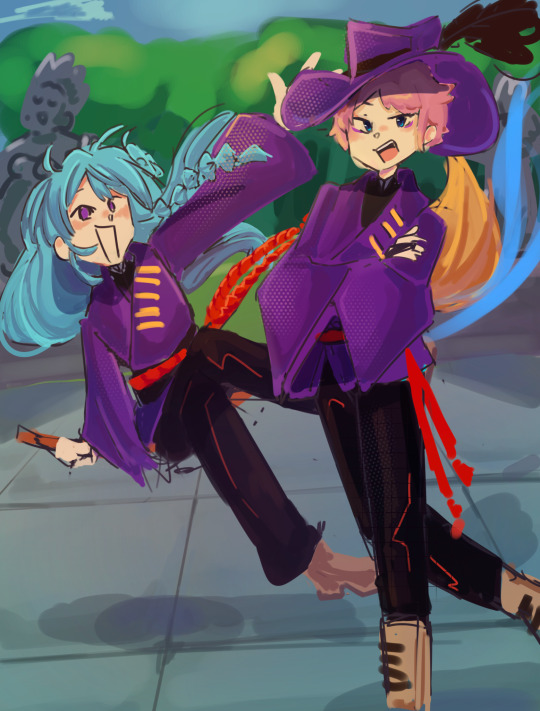
#disney twisted wonderland#twst fanart#twisted wonderland#twisted wonderland x ensemble stars#ensemble stars#hibiki wataru#shu itsuki#pomefiore#ehhehehehehehe#magic French#French magician#f#r#e#n#c#h
42 notes
·
View notes
Text



No class today so had sketching time 😁💪
Chillyzack based of @enanitstar picture
#amazing the shit you can do with procreate’s default brushes#if you have the patience for them#jake and the neverland pirates#disney junior#disney#jatnp#jake#izzy#cubby#beardini the pirate magician#chillyzack#fan art#art#cw gore#?
15 notes
·
View notes
Text

Magic Cylinder vs Right back at you!
5 notes
·
View notes
Text
whos up and wants to see alan’s worst look possible


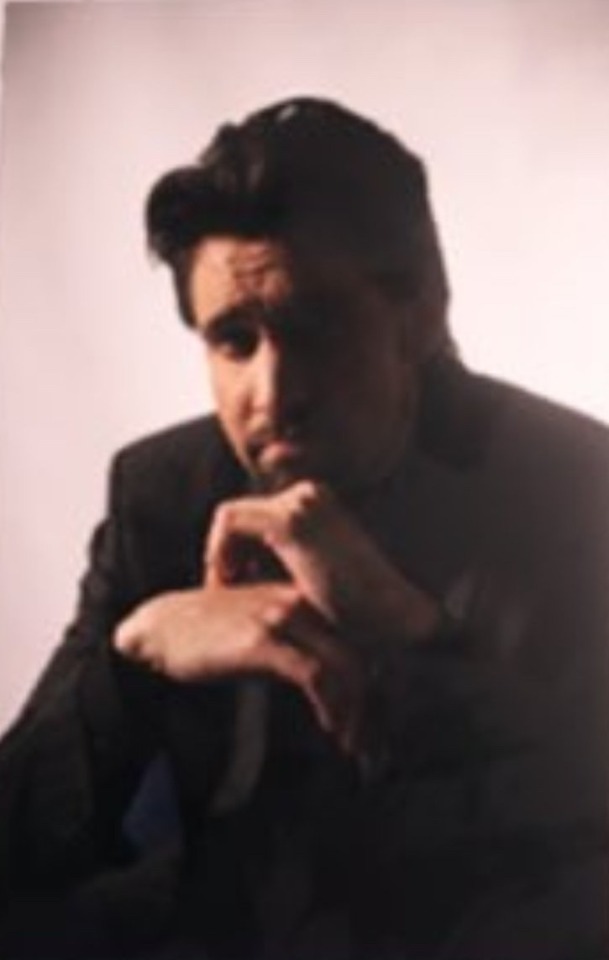
BABYGIRL WHAT WAS THIS….

#:7/)$: s#I LAUGH BUT I STILL WANT HIM EVEN IF HE LOOKS LIKE A CHANNEL AWESOME REVIEWER#and an evil magician#if i was alice i wouldnt of let him step out the door with that disney villain ass facial hair#alan i love yousomuvh inlove you i love youuuuu you know i do I JUST THINK IT LOOKS SILLY IM SORRY .#📜 21st century man#self ship#self ship community#f/o community#self shipping
8 notes
·
View notes
Text
Seasonal theme: Magical summer (ending)
This summer will be a season of wonders and enchantments, of spells and wizards - a magical summer!
Here is a list of beings, entities, objects and concepts you can check out if you want to add some magic to your summer:
In fiction (but isn’t fiction a myth-to-be?)
Shakespeare’s work greatly influenced the world’s vision of witches and wizards, be it through the Weird Sisters/Three Witches in Macbeth, or Prospero in The Tempest.
The Sorcerer’s Apprentice is one of the most famous pieces of “wizard fiction”. Starting out as a German poem by Goethe, adapted from a world-wide folktale, it then became a French “symphonic poem” in the hands of Paul Dukas. Disney then adapted this symphonic poem into a world-famous animated short in their movie Fantasia 2000, before re-adapting the poem into a completely unrelate teenage-urban fantasy movie in 2010. A urban fantasy movie not to be confused with another kid-friendly fantasy movie inspired by the poem of Goethe and sharing the same name (as well as plot elements, such as Arthurian sorcerers finding themselves in the present-day world). This time it is a British “The Sorcerer’s Apprentice”, released in 2001.
The depiction of Merlin in The Sword in the Stone, both the Disney movie of the 60s and the novel by T. H. White that inspired it, also had a great impact on the vision of the character in popular culture. Both works also contain a famous fictional witch in the person of Madame Mim. A warning, however: Madame Mim only appears in the first editions/first version of the novel, on which the Disney movie was based. In the 50s White rewrote his novel, and excluded the chapter of Madame Mim. Madame Mim in the novel is also very different from the character Disney made her out to be.
A last creation of Disney for this list: Flora, Fauna and Merryweather, the three good fairies (and actual heroes) of Disney’s Sleeping Beauty.
The Wicked Witch of the West is one of the most famous depictions of a “wicked witch” in the mediatic landscape - and in fact, many witch depictions today are still inspired by her (most notably the green skin or the fact of being melted by water). I am of course here referring to the Wicked Witch as she appears in the MGM movie The Wizard of Oz - this Witch being a very different character from the Wicked Witch of the West appearing in the original novel by L. Frank Baum, The Wonderful Wizard of Oz. Not that Baum did not create quite a lot of very famous witches: I can mention Mombi, the antagonist of the second Oz book, The Marvelous Land of Oz, or the Good Witch of the North and her counterpart Glinda the Good, the Sorceress of the South. These two are quite notorious as being the first “good witches” to ever appear in American literature.
In Tolkien’s Legendarium (The Hobbit, The Lord of the Rings, the Silmarillion): Gandalf the Grey, Saruman the White and the Rings of Power - especially the One Ring. All became archetypes of the fantasy literature and unchallenged character-types (or artefact-types) in all future high fantasy/epic fantasy sagas. Plus - I almost forgot - the palantiri, the “seeing-stones”, Tolkien’s own spin on the classical “crystal ball”.
Other wizards of fantasy classics would include Belgarath the sorcerer and his daughter Polgara, from David Eddings’ (and his wife) The Belgariad, a duo purposefully designed to play fully while subverting in many ways the “Gandalf-type of character” ; as well as Ningauble of the Seven Eyes and Sheelba of the Eyeless Face, the alien and otherwordly patron-warlocks of Fritz Leiber’s iconic heroic duo, Fafhrd and the Gray Mouser.
The magic-users of sir Terry Pratchett’s Discworld deserve an entire section of their own. Each one of them is a careful parody or caricature of the wizard or the witch as envisioned and imagined by fantasy literature, witch-hunters or New Age hippies, as well as a reconstruction of these same stereotypes and cliches, based on philosophical, humanist and scientific principles, making them as much realistic takes as bloody hilarious incarnation of the “witch” and “wizard” character types. For the wizards you have Rincewind (with the Luggage, of course), Mustrum Ridcully, Ponder Stibbons or the Unseen University (a wizard school long before Harry Potter existed). For the witches you have Granny Weatherwax, Nanny Ogg, Magrat Garlick or Tiffany Aching. And let’s not forget the gender-challenging Eskarina...
Speaking of Harry Potter - despite the controversies surrounding its creator, the Harry Potter book series, and the movie series that followed, is a franchise that cannot be ignored when considering the image and perception of witches, wizards and magic in fantasy. The titular character of Harry Potter deeply marked the minds - as much as his two friends/co-protagonists, Ron Weasley and Hermione Granger, his nemesis Draco Malfoy, his mentor/school headmaster Albus Dumbledore, the magic school of Hogswart itself, or the magical sport known as Quidditch.
However, while Harry Potter cannot be ignored, it also must not be forgotten that this franchise was the last of a long set of series depicting children trying to learn magic in a school for witches or wizards, such as Wizard’s Hall by Jane Yolen, The Circle of Magic by MacDonald and Doyle*, Anthony Horowitz’s Groosham Grange (plus its sequel “The Unholy Grail”), and of course Jill Murphy’s The Worst Witch. Special mention for Neil Gaiman’s The Books of Magic, which do not feature a magic school, but are about a young British boy looking a lot like Harry Potter and training to become the greatest wizard of his era - and that despite being a story released seven years before Harry Potter. [* Again, to avoid confusion, this series is not the same as Tamora Pierce’s Circle of Magic, which ALSO deals with young wizards learning to control their powers - but this time was released in parallel to the Harry Potter series].
In a similar way, Harry Potter himself is the last of a long “bloodline” (inkline? Since they’re literary character) of fantasy series-protagonist that start out as young teenagers or kids, become sorcerer apprentice or wizards in training, and grow to be famous and heroic figures of the world of magic. Before Harry there was Pug, of the Riftwar Saga (later expanded into the Riftwar Cycle), and before Pug there was Ged from the Earthsea series.
While I do not usually include in those list too-recent works, because I brought up Harry Potter I am in the obligation to mention two big recent successes. On one side, the Japanese anime Mashle: Magic and Muscles, which is a very funny parody of the Harry Potter world, if it met the tropes and characters typical of recent seinen superhero mangas, such as One-Punch Man or My Hero Academia. On the other side, the American cartoon The Owl House, which gently mocks the problems inherent to the Harry Potter franchise, while offering its own alternate plotline about a teenager trying to learn magic in a world divided between “regular” humans and magical witches, only to be confronted with great evil powers beyond what she could imagine...
Two very different dreaded witches: on one side, The Lady from The Black Company, wife and former co-ruler of the dreaded sorcerous overlord The Dominator, and absolute mistress of the Ten Who Were Taken, vile wizards including some terrifying folks such as Soulcatcher, Shapeshifter, The Limper, The Howler or the Hanged Man... On the other, the witch-queen of Neil Gaiman’s Stardust, one of the three Lilim sisters of a fairy-land beyond a certain Wall... She was reinvented as the witch Lamia in the movie adaptation of the novel. I will also throw in another dreaded female magical entity invented by Neil Gaiman: The Other Mother, from Coraline - who is, after all, at one point called a “beldam”...
Not a book, not a movie, but a card game! The card game Magic: The Gathering deserves a mention, being one of the first and most famous collectable strategy card games, long before Japan overtook with the world with Yu-Gi-Oh, Duel Master and co. The original concept for the game was that each player embodied a wizard fighting another wizard, eac card being a different spell/magical artefact/summoned entity, and each deck was a grimoire/spellbook. The most notorious part of the game is its color system: the Five Colors, representing the various elements and energies of the multiverse, gathered in five different forms of magic forces/divine powers/philosophico-social ideologies. The White of light, peace, law and order. The Black of death, rot, sacrifice, greed and selfishness. The Red of chaos, fury, impulses, emotions, freedom and war. The Blue of intellect, knowledge, logic, deceit, trickery and illusions. The Green of life, nature, evolution and tradition.
To continue on the topic of games. For tabletop roleplaying games - Warhammer, the most famous dark fantasy RPG, whose wizards are divided by the Winds of Magic, the different types of magic powers: Aqshy the Red Wind of Fire, Chamon the Yellow Wind of Metal, Hysh the White Wind of Light, Ulgu the Grey Wind of Shadow, Azyr the Blue Wind of Heavens, Ghur the Brown Wind of Beasts, Ghyran the Green Wind of Life, and Shyish the Purple Wind of Death. For online, virtual roleplaying game, World of Warcraft, the most famous fantasy MMORPG to this day, with its character class of the Mage (sometimes called Wizard), a spellcaster and conjurer who can specialize in three “types” of magic: Frost magic, Fire magic and Arcane magic. They are not to be confused with the other magic-using classes of the game, such as the Shamans (totemic mystics invoking the spirits of their ancestors and manipulating the four elements), the Warlocks (curse-wielding summoners and enslavers of demons), or the Druids (healers, spellcasters and shapeshifters taking their power from nature itself, and celestial bodies such as the sun and the moon).
A few fantasy series centered around magic I heard about positively but haven’t had time to check out myself. Diana Wynne Jones’ Magids duology, with on one side Deep Secret, and on the other The Merlin Conspiracy. Angie Sage’s Septimus Heap series (especially the first book, Magyk, which I heard the most about). And Trudi Canavan’s Black Magician Trilogy.
Being a huge Deltora Quest fan, I will mention as a magical artefact the Belt of Deltora and its seven magical gems.
We have spent so much time talking about witches... But what about witch hunters? I will name two famous examples here. On one side, Solomon Kane, hunter and slaughterer of all things evils, eldritch and unholy, one of the two famous creations of Robert E. Howard alongside Conan the Barbarian, and whose adventures (just like those of Conan) are technically part of the Cthulhu mythos. On the other side, the Wardstone Chronicles, a brilliant little dark fantasy series for young adults, about the seventh son of a seventh son in a fictional version of Renaissance England learning to become a “Spook”, aka a hunter of ghosts, witches, goblins, demons and other evil gods.
Of course, being French I have to sprinkle a few French references in this list. For the foolish, cartoonish-evil sorcerer of children fiction: the evil alchemist/sorcerer Gargamel, the recurring and iconic antagonist of the comic-book, then turned cartoon, then turned hybrid movies, The Smurfs. For an evil but glorious wicked lady of dark magic, Karaba the witch from Michel Ocelot’s most famous animated movie Kirikou and the Sorceress, inspired by a traditional folktale of West Africa. For your classic Gandalf-like fantasy wizard: Zétide, the elderly but powerful wizard who serves as one of the protagonist of the fantasy series La Malerune, initially created by Pierre Grimbert but completed by Michel Robert. For your young adult fantasy hero: Ewilan, from the teenage fantasy series The Quest of Ewilan, an ordinary young girl discovering herself to be the true daughter of powerful sorcerers of another world, another world she will need to save with her own hidden magical powers. And to add a final “French touch”, the witch of Malcombe and Eusaebius the mage, the two magic-users whose actions start the plot of one of France’s most famous comedies, Les Visiteurs.
The French television series Kaamelott deserves an entire section, with its hilarious cast caricaturing the Arthurian mythos from beginning to end - from an inept and incompetent Merlin, to an annoying Lady of the Lake whose ghostly apparitions make everyone believe Arthur is mad, passing by a Morgan le Fay who is tired of constantly having to drag heroes’ corpses back to Avalon. And let’s not forget Le Répurgateur, a cruel, fanatical and overzealous inquisitor and witch-hunter of the early Christian Rome, who however carries numerous modern-day values and norms against the Celtic traditions still honored at Camelot (such as polygamy or a very loose definition of “justice”).
ADDENDUM:
I forgot to put in two items on the first part of this list, so I will add them here as a final conclusion.
When talking about the fairytales of the brothers Grimm that popularized some witch archetypes (Little Snow-White, or Hansel and Gretel), I forgot to evoke The Frog King (wrongly remembered today as “The Frog Prince”), which was the fairytale from which derives the cliche/stereotype/trope of a witch or a fairy turning anyone that displeases them into a toad or a frog.
And of course, I forgot to mention the most “real” of all the magics... The stage magic. The magic tricks of the magician with the top hat and black-and-white wand. The parlor tricks, and stage illusions, and children’s entertainment, and the great magicians that practiced this art: Isaac Fawkes, Robert-Houdin, John Henry Anderson, Herrmann the Great, Houdini, Harry Blackstone, Fred Kaps, and many many more... Pulling rabbits out of hats, changing the numbers and figures of card games, cutting ladies into two, pulling flowers or handkerchiefs out of thin air, and all these sorts of things...
#magical summer#seasonal theme#magic#wizard#witches#witch#sorcerer#fantasy#literature#magician#dark fantasy#children literature#arthuriana#fairies#disney#tolkien#neil gaiman#french media#witch hunters#magic system#wizard school#discorld#harry potter#epic fantasy#shakespeare
19 notes
·
View notes